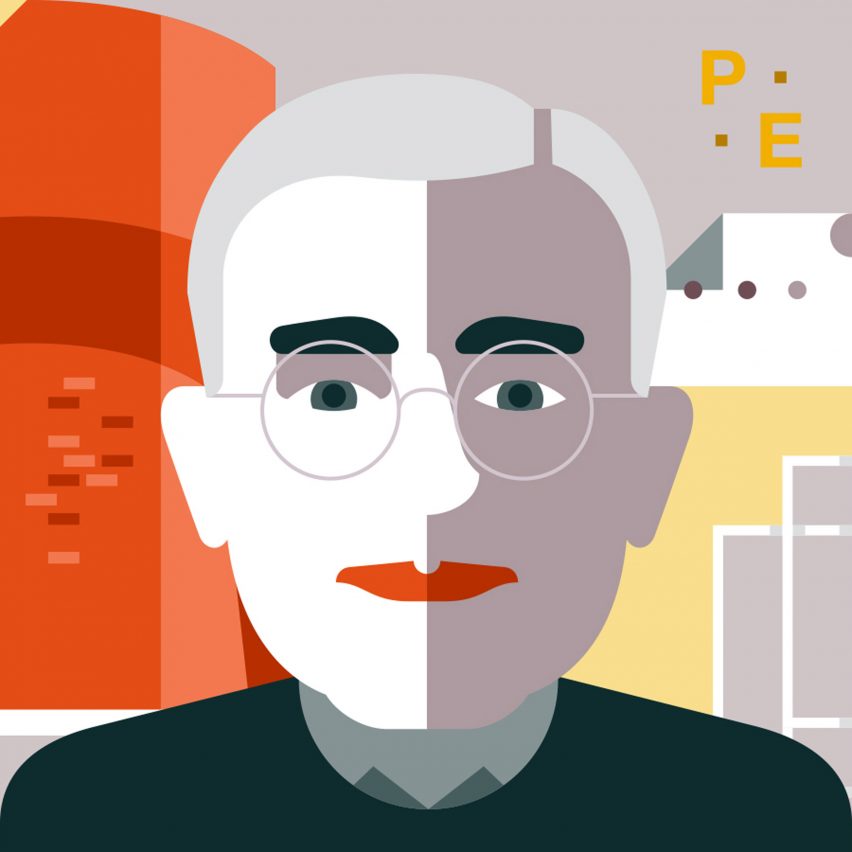
Continuing our series revitising deconstructivist architecture, we profile Peter Eisenman, the US architect behind the Wexner Center for the Arts and the Memorial to the Murdered Jews of Europe.
A legendary debate between architects Peter Eisenman and Christopher Alexander took place at Harvard’s Graduate School of Design in 1982. While Alexander was advocating for human-centric architecture, Eisenman was arguing for buildings that make people think rather than feel.
Things got heated when Eisenman said the best architecture was incongruous and disharmonious, leading Alexander to accuse him of “fucking up the world”.
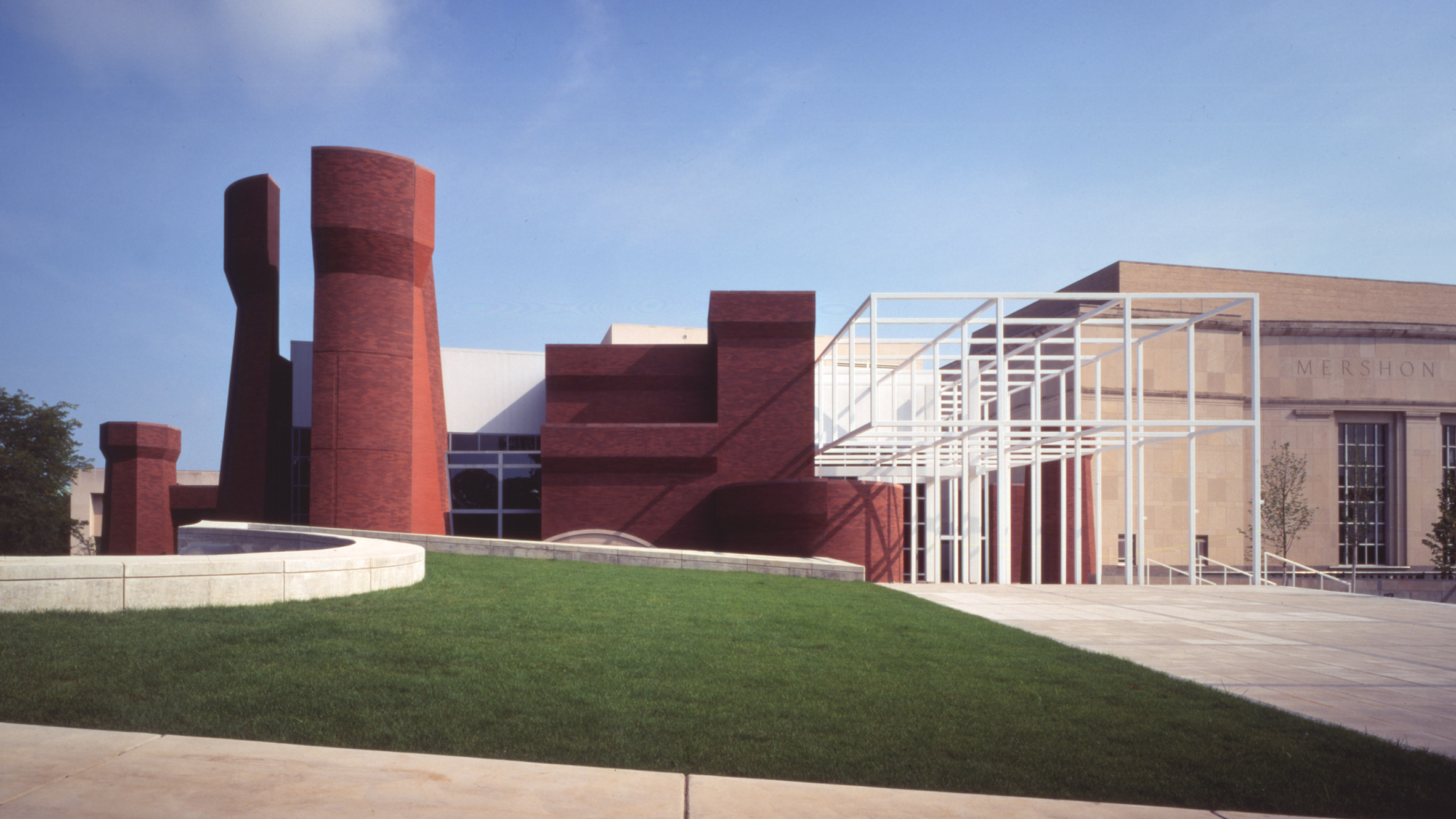
Eisenman has always been more interested in buildings that focus on ideas rather than emotion or even function. “I would never live in anything I design,” he proclaimed in an interview in 2007.
Eisenman – along with Frank Gehry, Zaha Hadid, Rem Koolhaas, Daniel Libeskind, Bernard Tschumi, and Coop Himmelb(l)au – was one of the key proponents of the deconstructivist architecture movement that emerged in the early 1980s. His work centres around a process of removing any traditional sense of logic or symbolism and instead applying new rules and interpretations.
This approach is heavily influenced by Jacques Derrida, the theorist who developed the theory of deconstruction – one half of deconstructivism – who also happened to be a close friend of Eisenman’s.
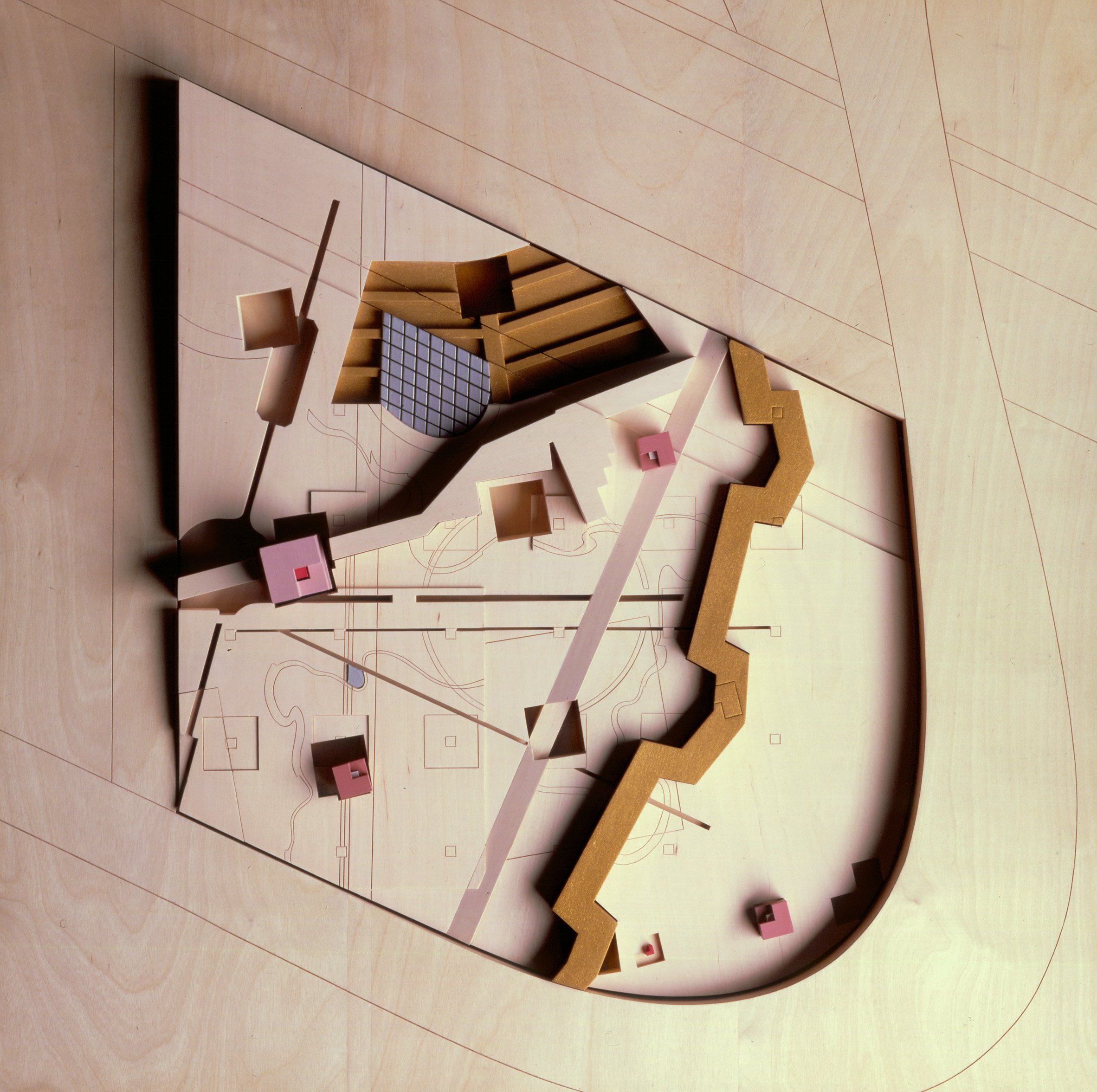
It was through Derrida’s writings that Eisenman developed an interest in separating structure from meaning so that a column might no longer be seen as a vertical support, and a roof need not be concerned about shelter.
In this way, a building could be understood as a pure manifestation of an idea, without being burdened by the weight of history or the limitations of physics.
This method of deconstruction started to gain traction when, in 1986, Derrida and Eisenman collaborated on a competition proposal for Parc de la Villette in Paris. Although their proposal lost out to another deconstructivist design, by Bernard Tschumi, it marked the start of Eisenman’s journey towards architectural subversion on a grand scale.
Turning theory into practice
Eisenman’s early career was initially grounded in the academic world. Born in 1932 in New Jersey, he completed bachelor and masters degrees in architecture at Cornell University and Columbia University, respectively.
A professor then suggested he should “go to England to become more intelligent”, so he then went on to pursue an MA and PhD at Cambridge University, completing his doctoral thesis, The Formal Basis of Modern Architecture, in 1963.
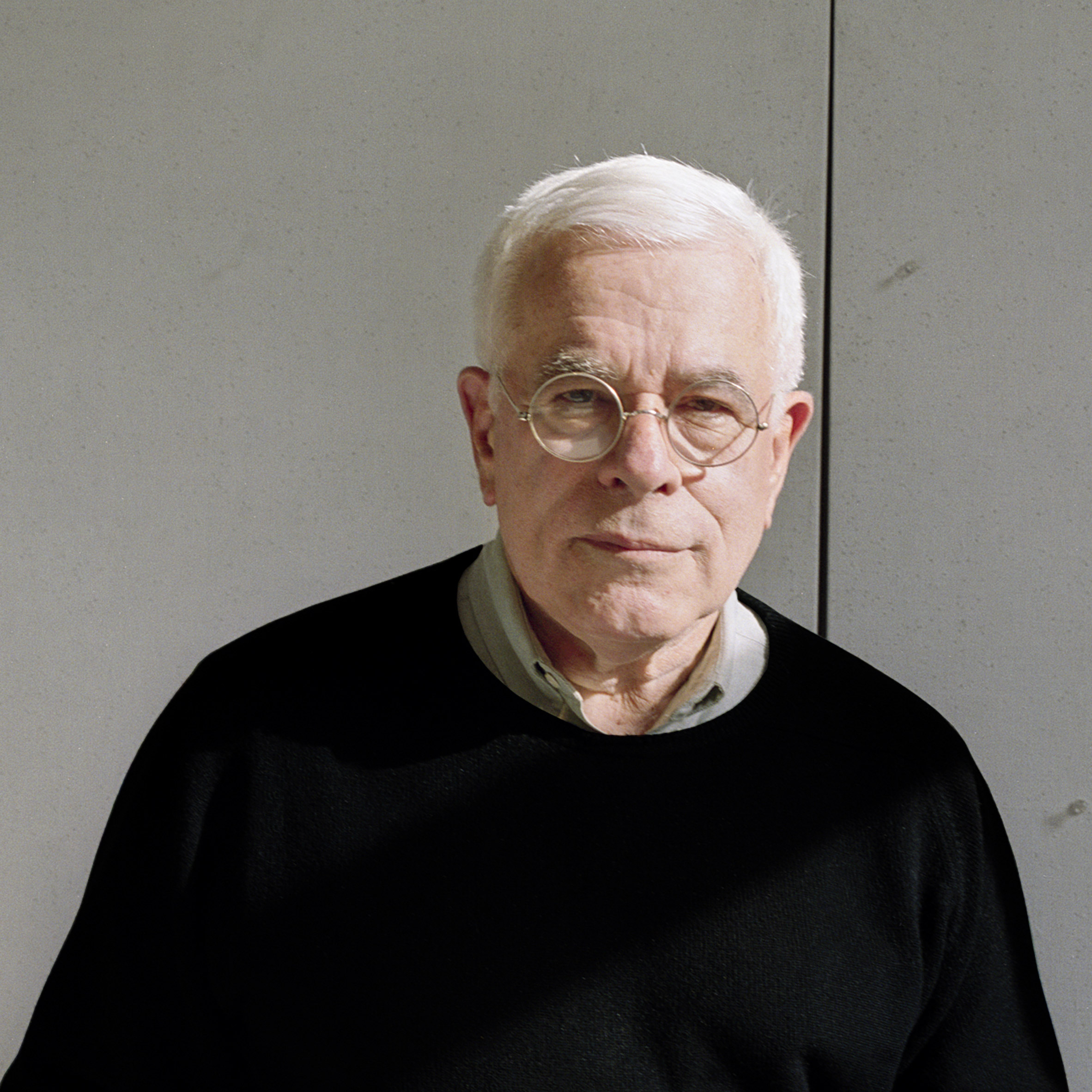
It was only after returning to the US that Eisenman made his first foray into construction.
Having established the Institute for Architecture and Urban Studies, a New York-based think tank exploring alternative forms of architectural education and practice, the architect was keen to test some of his theories in the real world.
His first projects were a series of case-study houses, six of which were built.
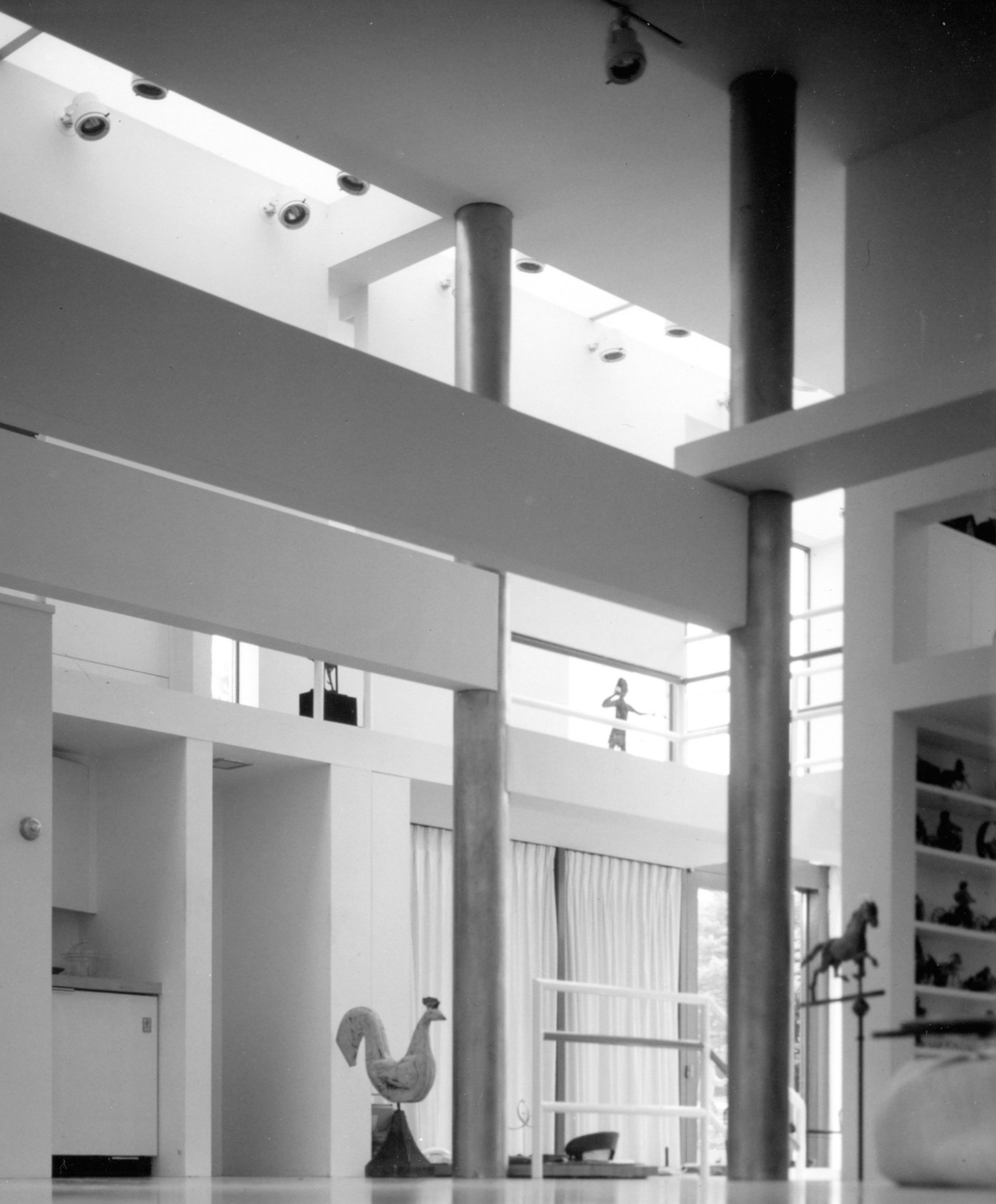
Each house was designed with a different logic, referencing the research of linguist Noam Chomsky. In House I, architectural elements are at odds with the spaces they frame.
House II contains two separate structural systems, one made of walls and the other of columns, which both could support the building independently.
Meanwhile, House III was created by overlaying two perpendicular geometries over each other, with one rotated through 45 degrees.
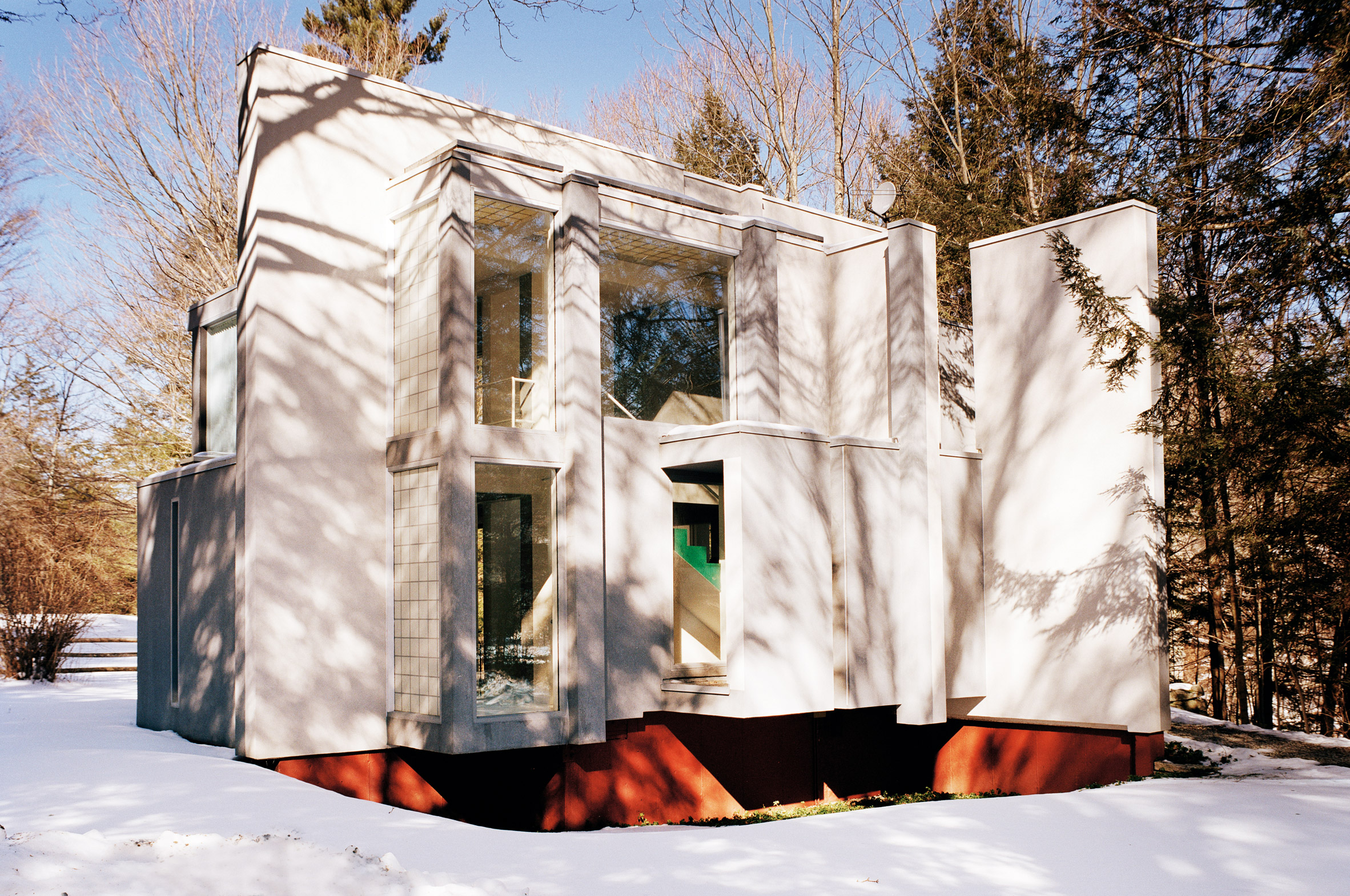
Although the houses were all designed to be lived in, this was never the architect’s main concern.
The extent of this is revealed in House VI: The Client’s Response, a book where author Suzanne Frank reveals how her Eisenman-designed home was built with a glass strip dividing the main bedroom, preventing the addition of a double bed, while the dining table was interrupted by an abutting column.
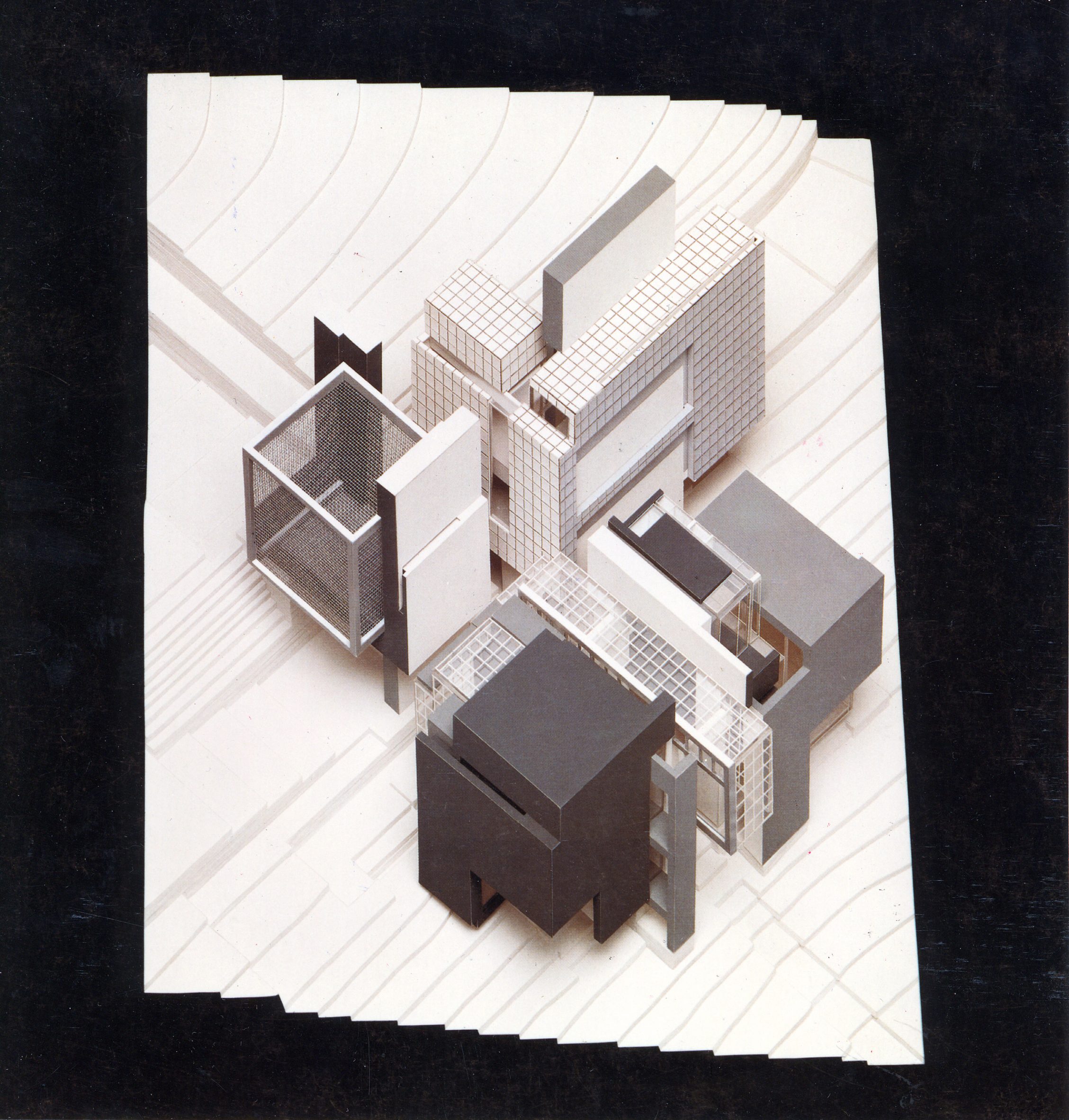
Eisenman refers to the projects as “cardboard architecture”. He has often mentioned how he prefers them in the form of drawings and models, where they are not constrained by the need to function as homes.
He gave some insight into the motivations for these commissions in an interview with the Architectural Review in 2013, when he revealed some advice he was given by Italian architect and theorist Manfredo Tafuri.
“Tafuri said history will not be interested in your work if you haven’t built anything,” he said. “I think that’s absolutely correct.”
Deconstructivism at an urban scale
A shift came in 1976 when a fallout with the client of House X led to the project being axed, and Eisenman found himself reassessing his priorities. “I realised that what was wrong with my architecture was that it wasn’t from the ground,” he told the Architectural Review.
He had risen to fame as a member of the New York Five – an architect collective that also included Michael Graves, Richard Meier, John Hejduk and Charles Gwathmey – but needed to find a new direction. So he abandoned self-contained houses and instead started applying his concepts on an urban scale, using the physical context to bring even more complexity to his ideas.
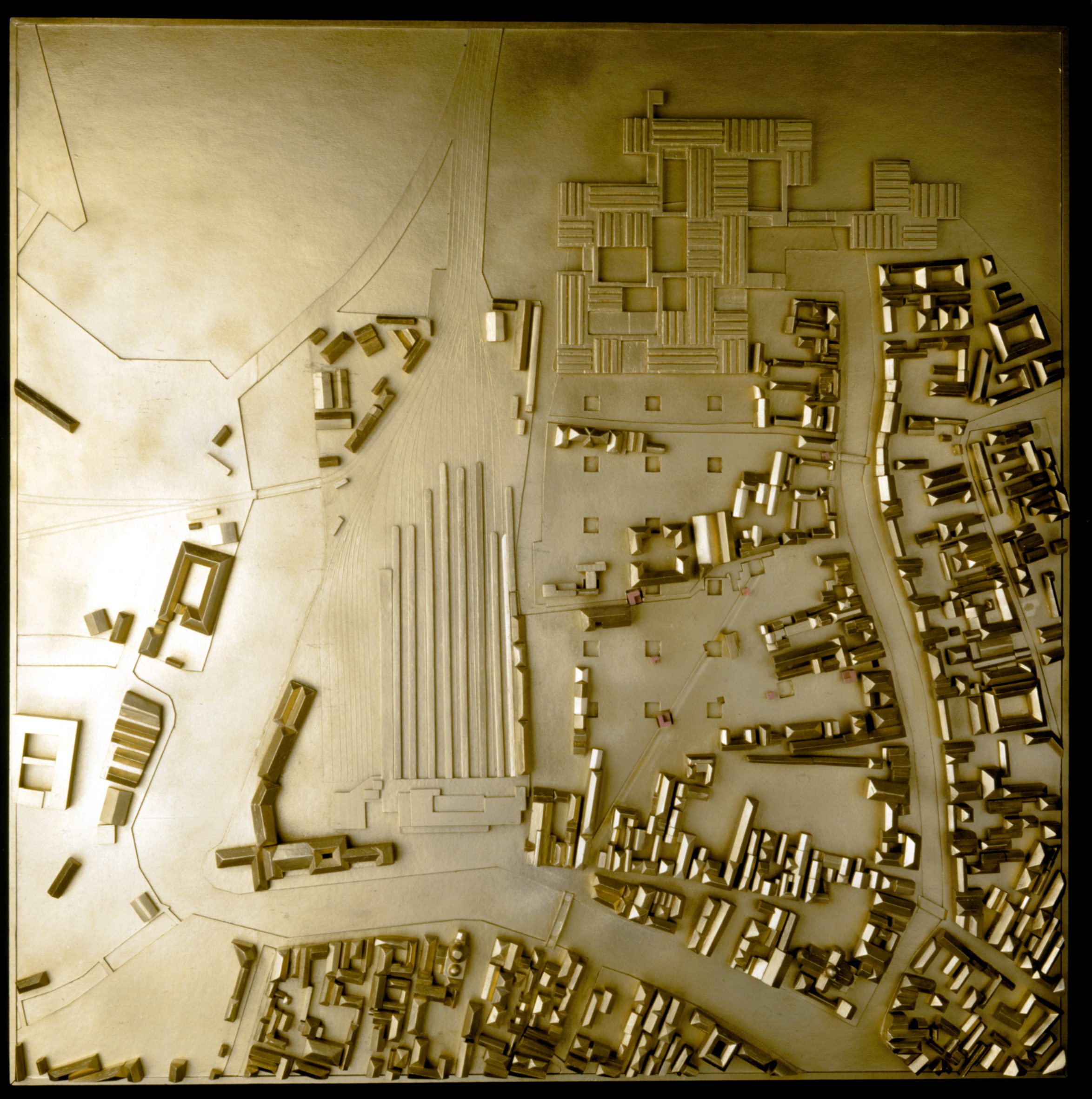
A Brooklyn fire station, a social housing block in Berlin, and a series of landscape and campus proposals – including the designs for Parc de la Villette and Cannaregio plaza in Venice – began to show how Eisenman’s deconstructivist approach could situate themselves within a cityscape.
But it was with the Wexner Center for the Arts at Ohio State University that the architect cemented his reputation.
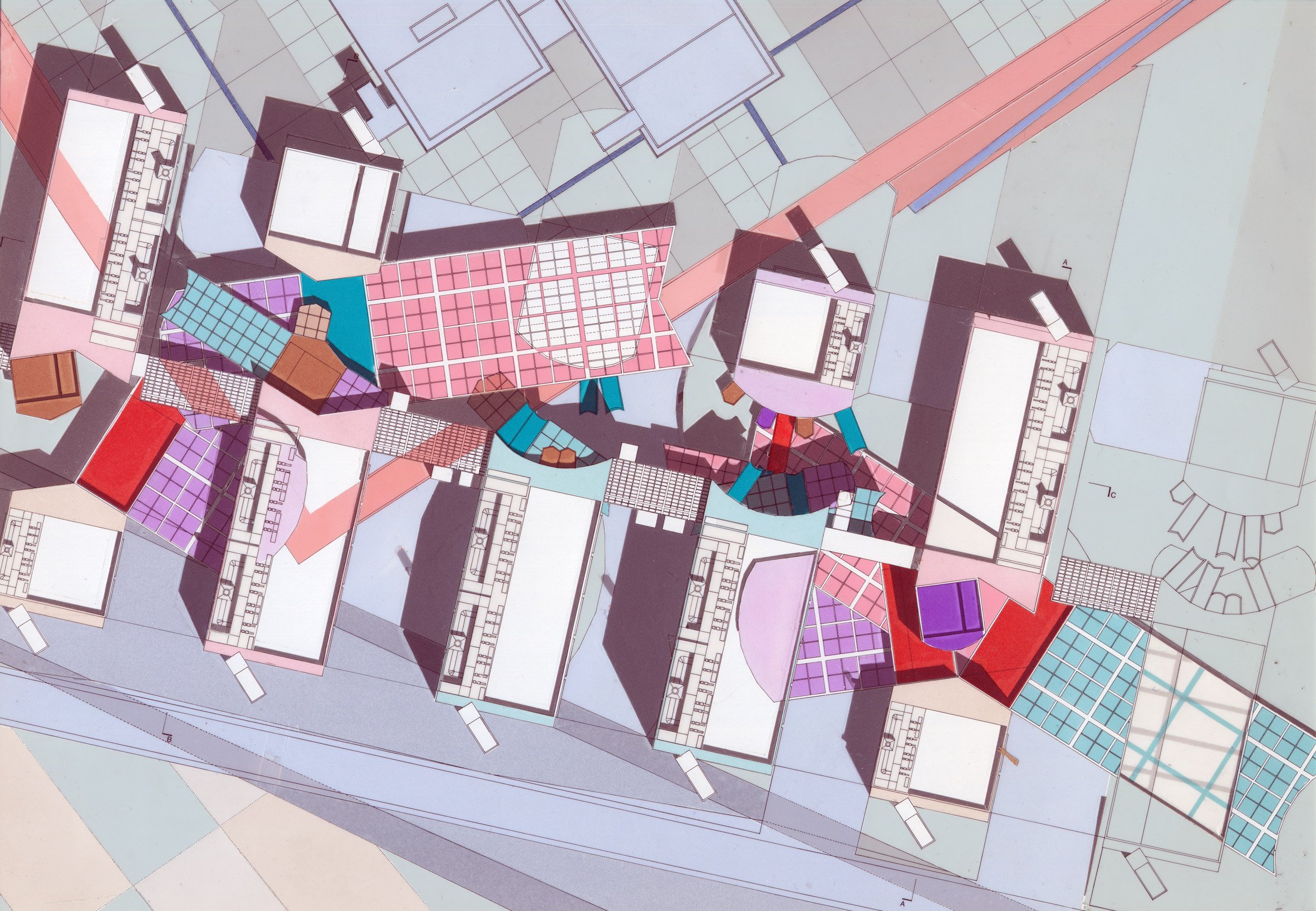
This visual arts gallery is an amalgamation of different elements, including a scaffolding-like structure that references the Ohio street grid, modernist-style window walls, and red sandstone elements that recall castle turrets.
Eisenman had built very little when appointed to the project. But by the time of its opening in 1989, soon after his inclusion in MoMA’s seminal Deconstructivist Architecture exhibition, the stakes were high.
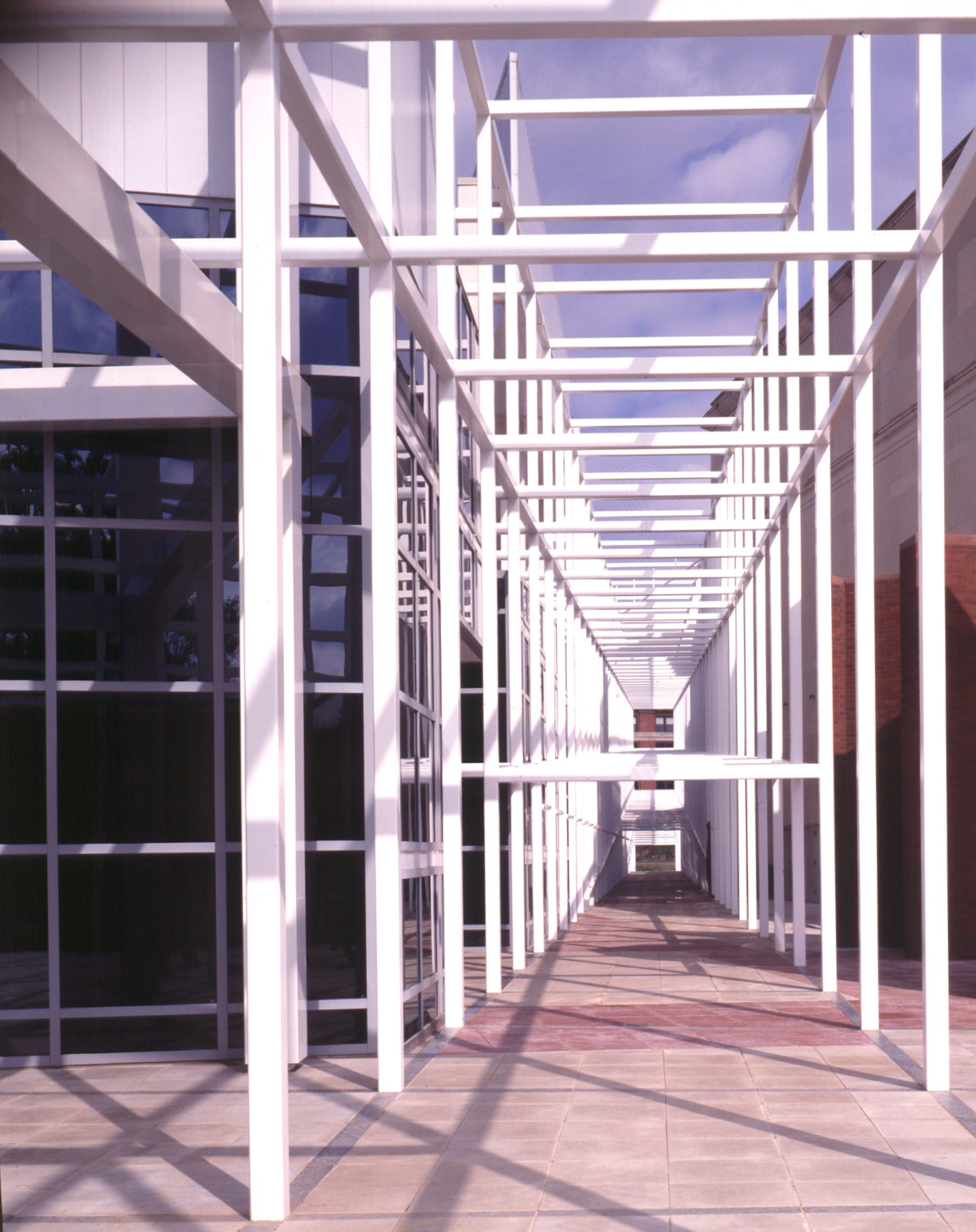
When gallery director Robert Stearns decided not to hang any art until several months after the building opened, it could have been a telling sign about the building’s suitability as a space for art. In fact, the Wexner Centre proved a critical success.
In a review for the New York Times, Paul Goldberger described is as “a remarkable structure”. He said: “This is a difficult building, but not nearly so difficult as Mr Eisenman’s rhetoric would have us believe, and once you get beyond the architect’s words, what is revealed is a building of considerable sensual power.”
Finding disharmony and incongruity
Eisenman’s work grew in scale and confidence from the 1990s onwards, aided by advances in the possibilities of computer-generated design.
At the Greater Columbus Convention Center (1993), he combined references of the past and future to break the scale of the building up into a series of railway-inspired ribbons.
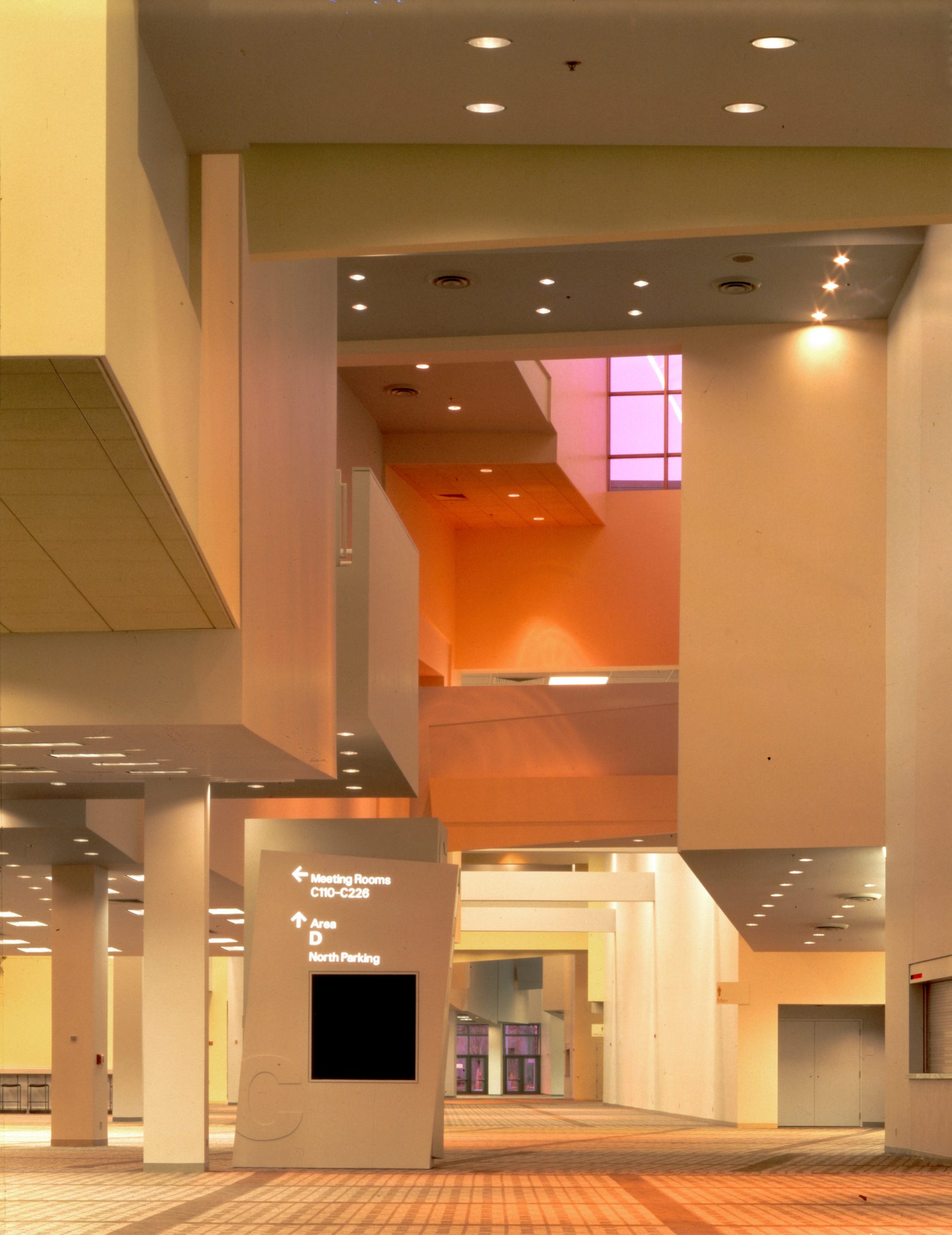
The University of Cincinnati’s Aronoff Center for Design and Art (1996) takes the form of a geometric collage, with clashing angles and candy colours.
The City of Culture in Santiago de Compostela (2011) is perhaps the most ambitious of Eisenman’s works so far, even though budget overruns led to the later phases of the project being cancelled. This huge cultural complex seemingly rolls up from the landscape, echoing the forms of the surrounding hills.
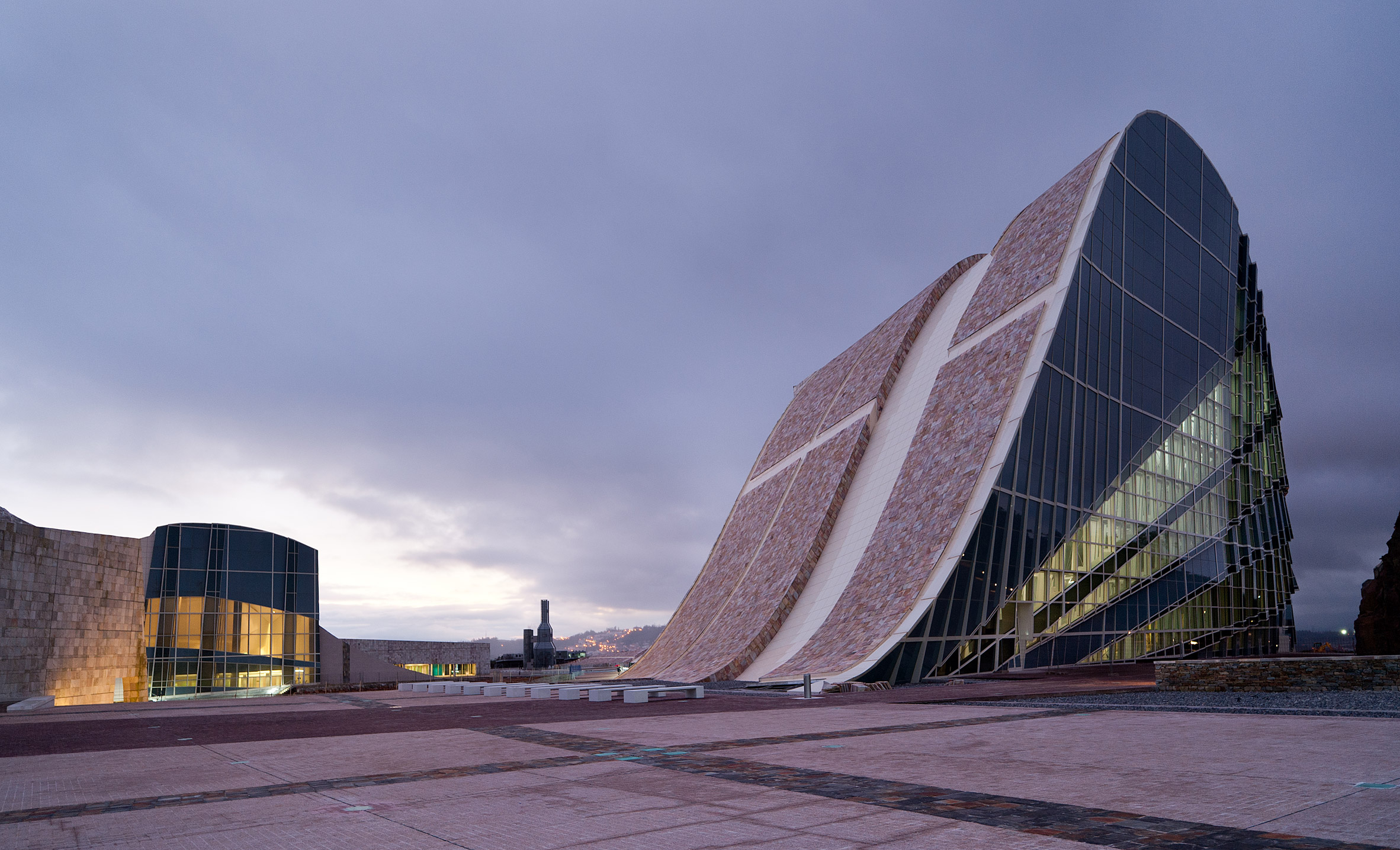
However, the most impactful might be the Memorial to the Murdered Jews of Europe in Berlin (2005), a sculptural work that captures the sense of disharmony and incongruity that Eisenman called for in the Harvard debate more than any of his other works.
What appears to be a rational grid of concrete blocks (2,711 in total) turns out to be filled with differences and disturbances. It acts to overwhelm and disorientate those who pass through it – an effect that, here, feels appropriate.
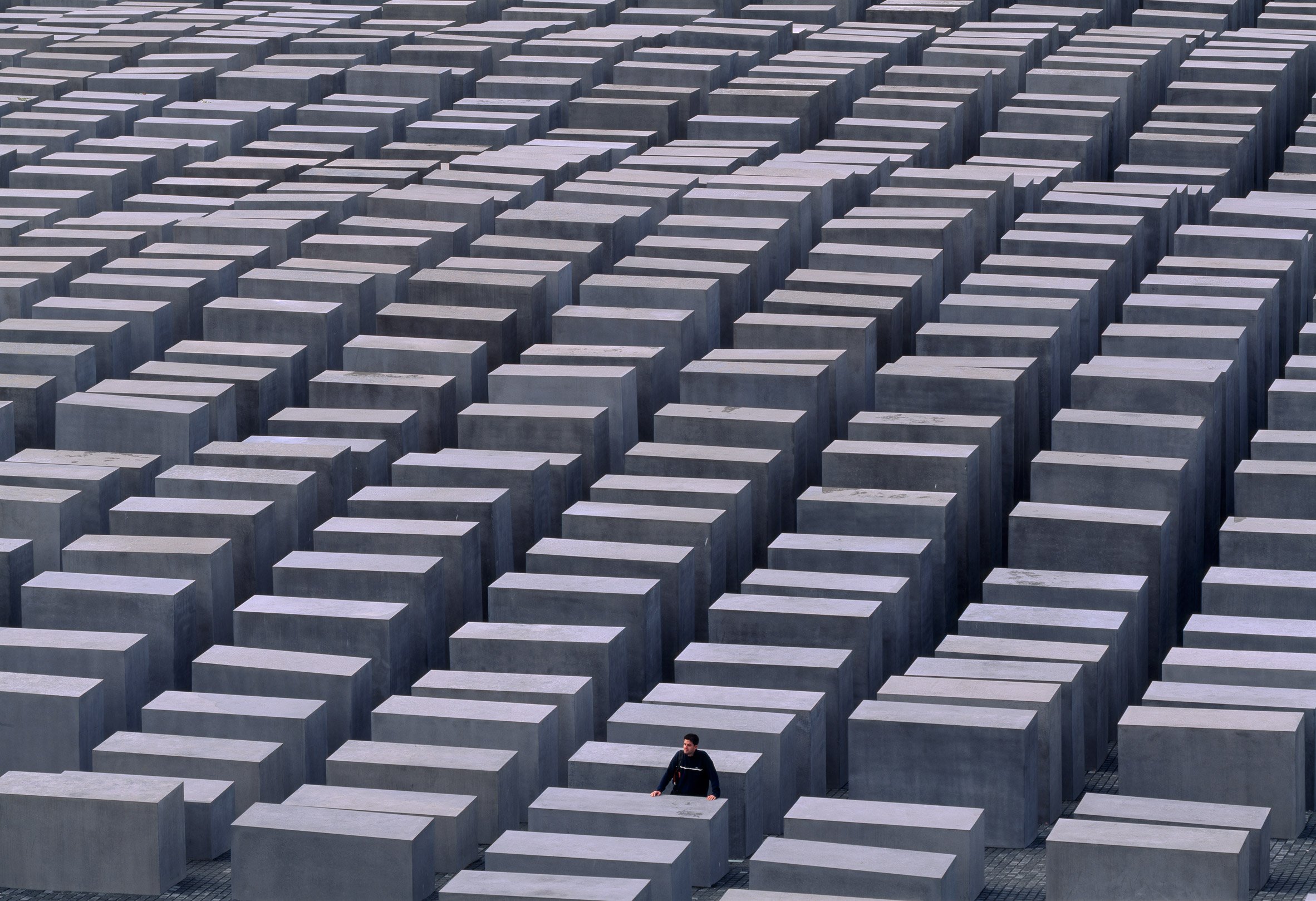
With their superfluous geometries, Eisenman’s buildings are not without their problems. Reports of leaking roofs, inappropriate materials and insufficient shading systems have plagued his career.
However, his work has changed the way architects think about structure; when Rem Koolhaas received the Pritzker Architecture Prize in 2000, he announced in his speech that Eisenman deserved the prize more than himself.
As an architect that has always been more interested in the ideas than the result, Eisenman has succeeded in carving out a space for himself in the history books.

Deconstructivism is one of the 20th century’s most influential architecture movements. Our series profiles the buildings and work of its leading proponents – Eisenman, Koolhaas, Frank Gehry, Zaha Hadid, Daniel Libeskind, Bernard Tschumi and Wolf Prix.
Read our deconstructivism series ›
The post Peter Eisenman is the deconstructivist theorist appeared first on Dezeen.
